Beef up your power chords with these massive-sounding open shapes
Make easy changes to five chords you already know to master riff rock and classic metal
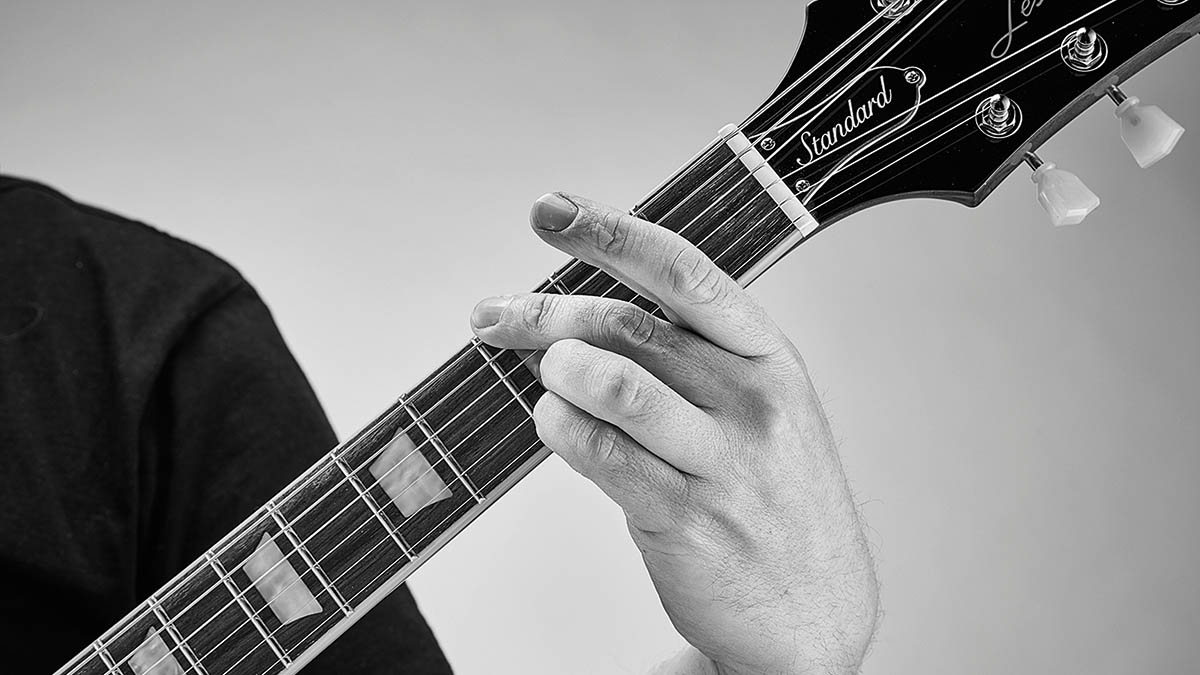
By now you’re probably confident with classic two-note fretted powerchord shapes. There’s another way to play powerchords, though. Most associated with
AC/DC, open powerchords sound bigger and looser than fretted ones. They’re perfect for hard rock and classic metal, and essential for playing like Van Halen, Ozzy, Maiden, and any of the bands they influenced.
Mastering these powerchords shouldn’t take too much work either, because they’re based on shapes you probably already know. Open powerchords take the five basic open major chords (that’s C, A, G, E, and D) and remove the major 3rd.
To play them, first identify the note(s) you need to remove (we’ve done that for you with our fret boxes). Then form the chord shape as normal. For any notes you don’t want to hear, rest a fretting finger gently on the string to mute it.
Read on as we help you get started with the all important new shapes, plus we’ve written two tab examples for you to jam along to.
Fret Boxes
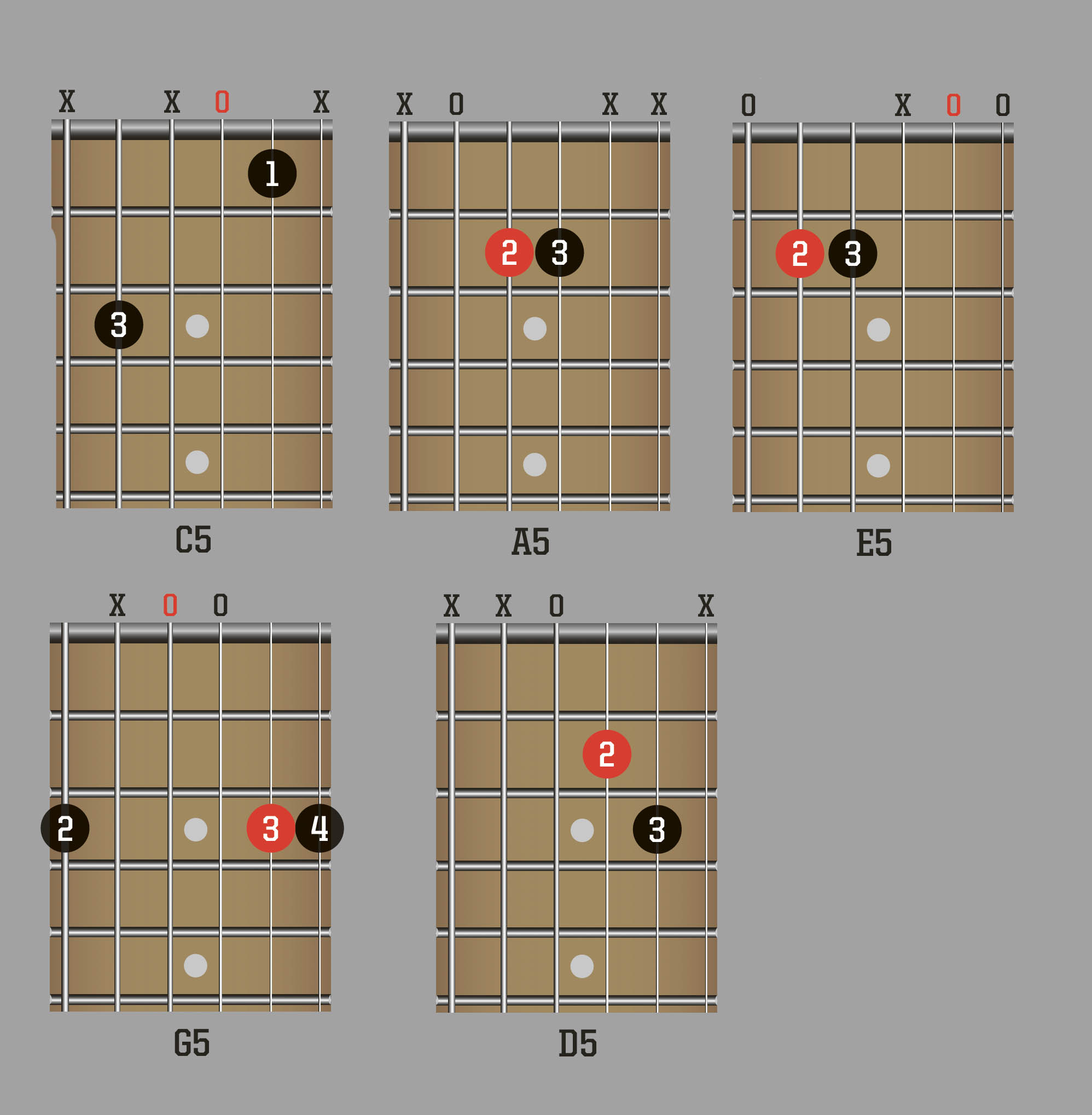
Notice that these shapes are almost identical to standard open C, A, G, E and D shapes. And remember all the hard work you put into avoiding accidentally muting strings with the undersides of your fingers?
Well, now you can relax a bit, as for chords like C5 and A5 you’ll deliberately let your fingers choke the high E string. For G5, the underside of your second finger should mute the fifth string en route to fretting the low E.
Technique check...
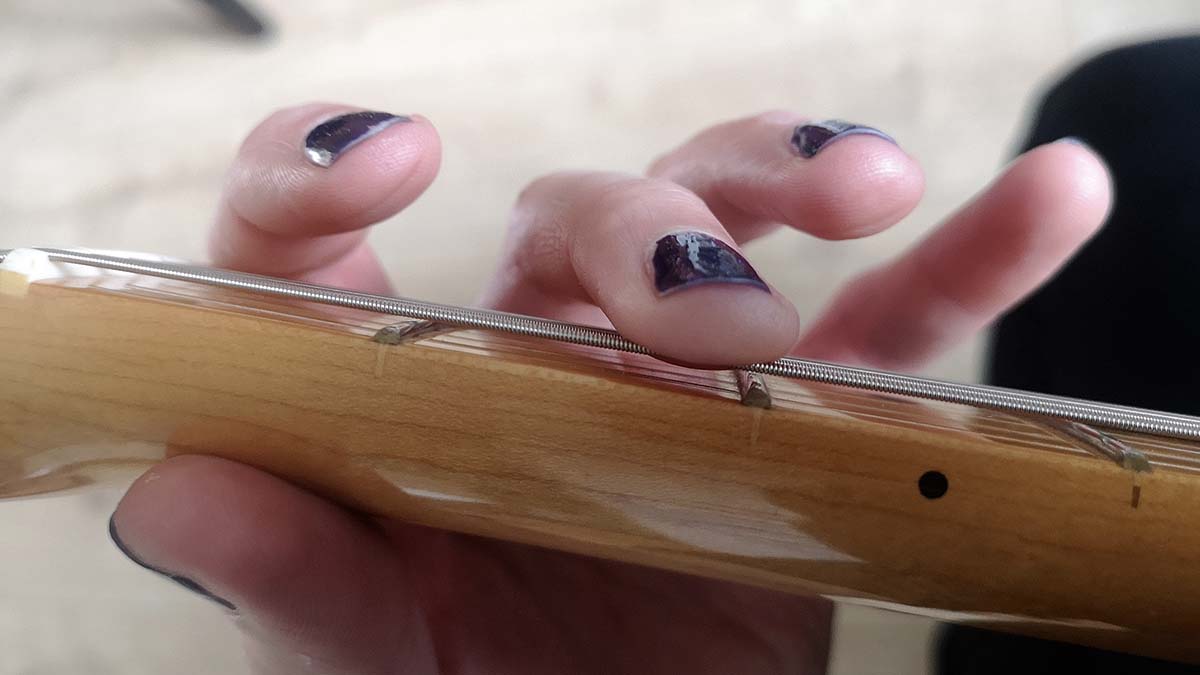
1. String muting
The way to mute unwanted notes is to touch your finger against the string, but not press hard enough to fret the note.
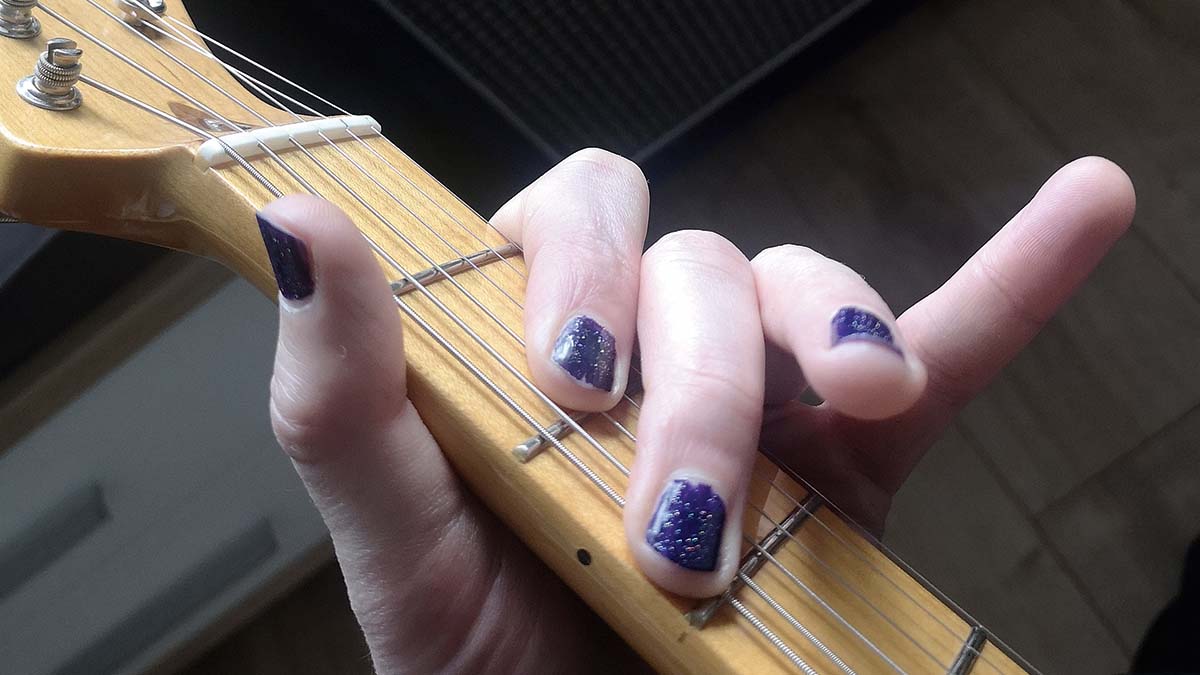
2. A5 to G
Try playing A5 by barring with your first finger, angled so the first and second strings are muted. Your second finger is free to fret the sixth string.
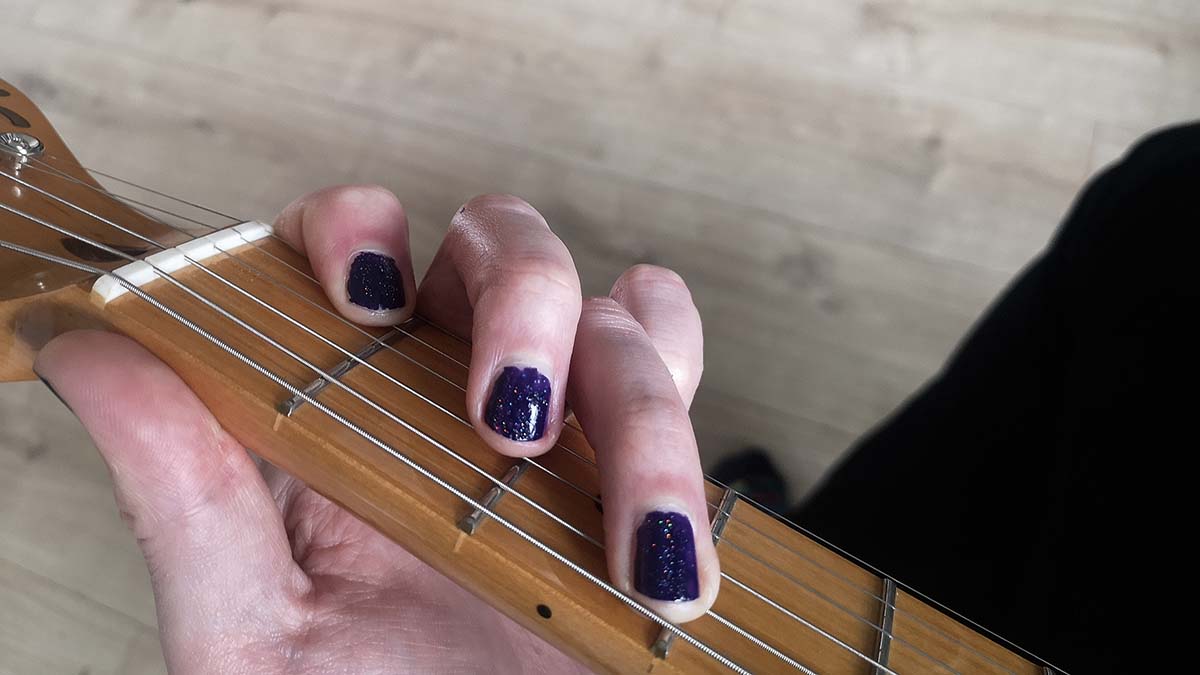
3. C5
For C5, mute the bass string by stubbing up against it with the tip of your third finger.
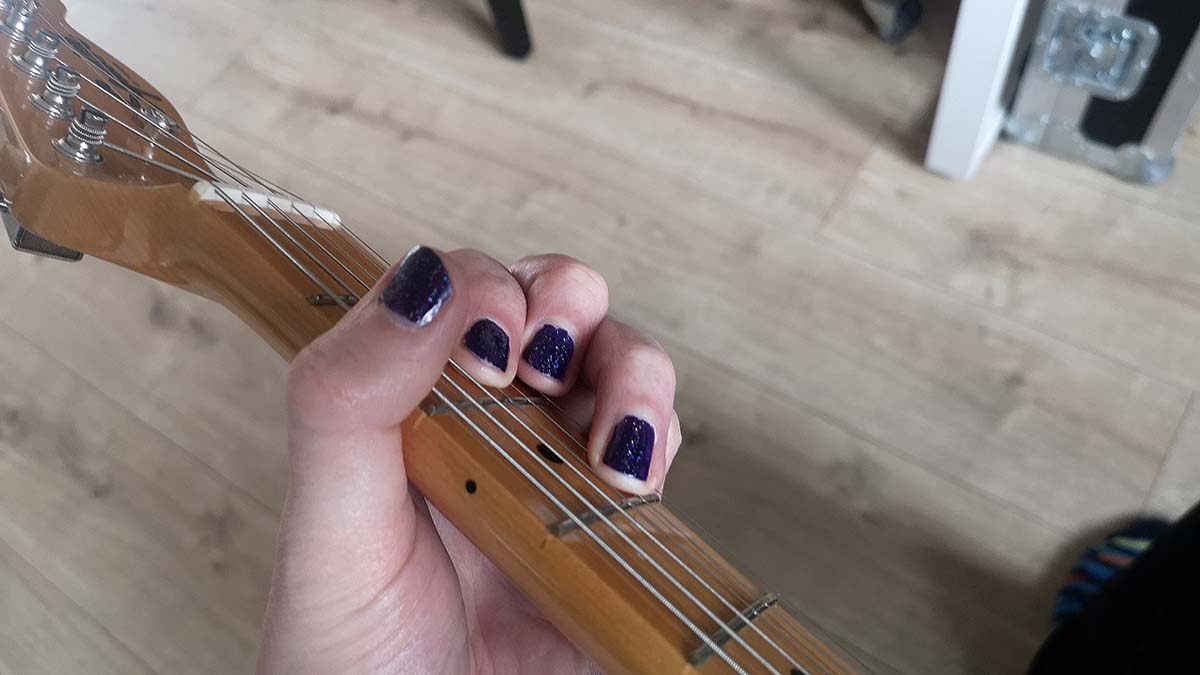
4. D5
For D5 and A5 powerchords, bring your thumb over the neck to mute the low E string.
Example 1. Open Powerchords

Bar 3 is a common AC/DC and Van Halen move. See pic 2 above for how to do it. For G5, the underside of your second finger should mute the A string.
Example 2. Gallop Riff

Get the chord stabs right first, then add the gallops on the sixth string. Pick all gallops down-down-up so that you land on a downstroke on each chord.
Get The Pick Newsletter
All the latest guitar news, interviews, lessons, reviews, deals and more, direct to your inbox!
Total Guitar is one of Europe's biggest guitar magazines. With lessons to suit players of all levels, TG's world-class tuition is friendly, accessible and jargon-free, whether you want to brush up on your technique or improve your music theory knowledge. We also talk to the biggest names in the world of guitar – from interviews with all-time greats like Brian May and Eddie Van Halen to our behind the scenes Rig Tour features, we get you up close with the guitarists that matter to you.










![Joe Bonamassa [left] wears a deep blue suit and polka-dotted shirt and plays his green refin Strat; the late Irish blues legend Rory Gallagher [right] screams and inflicts some punishment on his heavily worn number one Stratocaster.](https://cdn.mos.cms.futurecdn.net/cw28h7UBcTVfTLs7p7eiLe.jpg)
